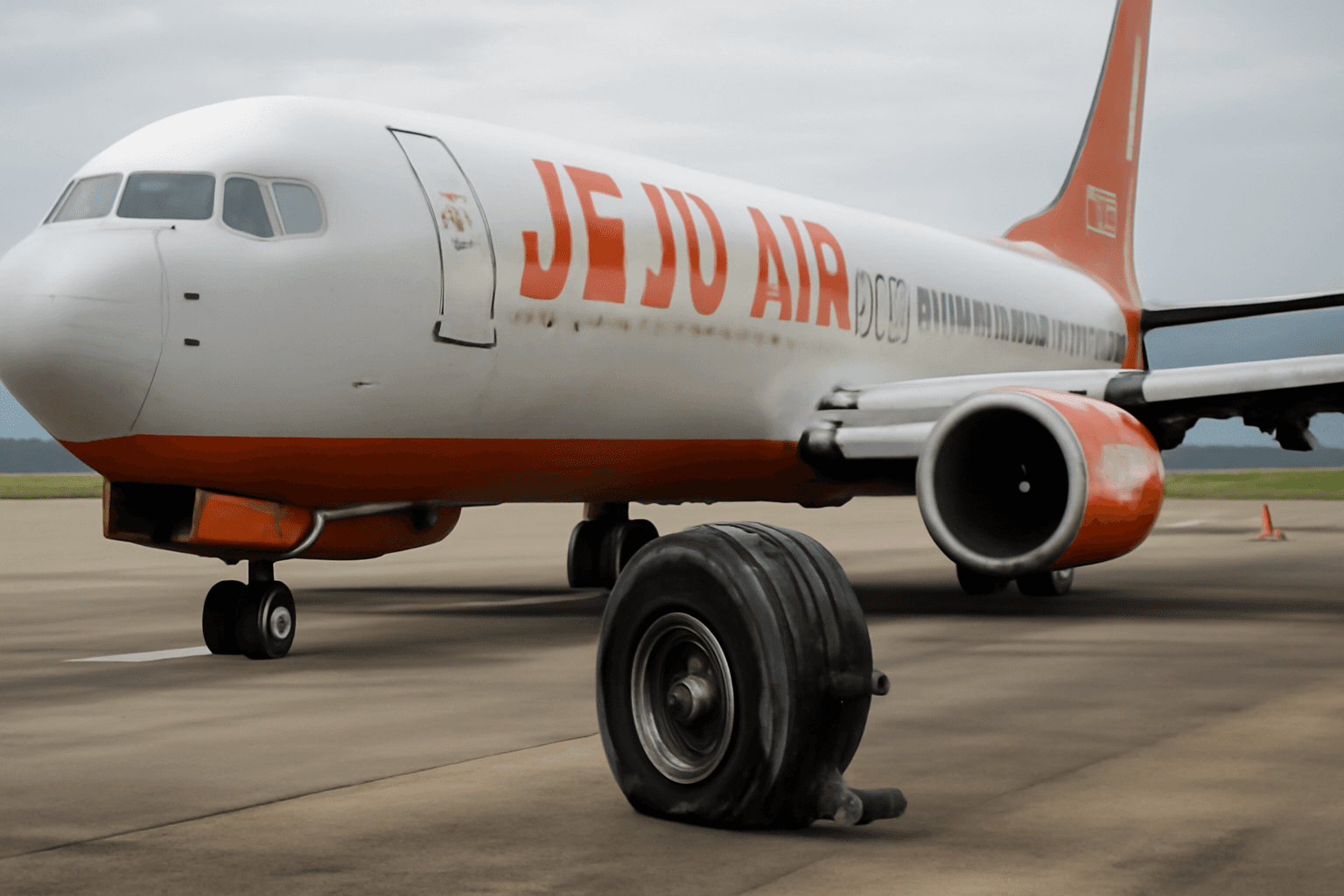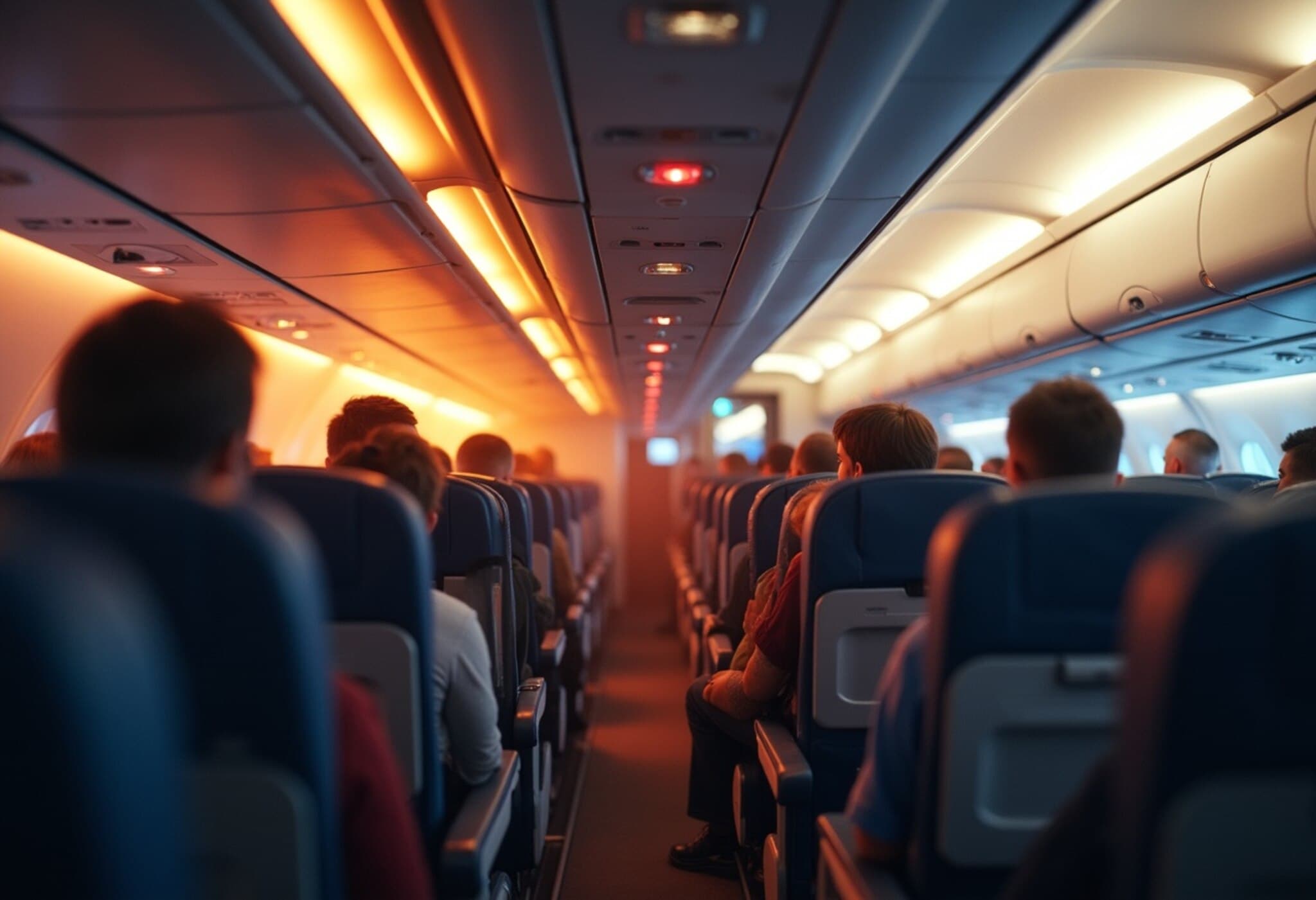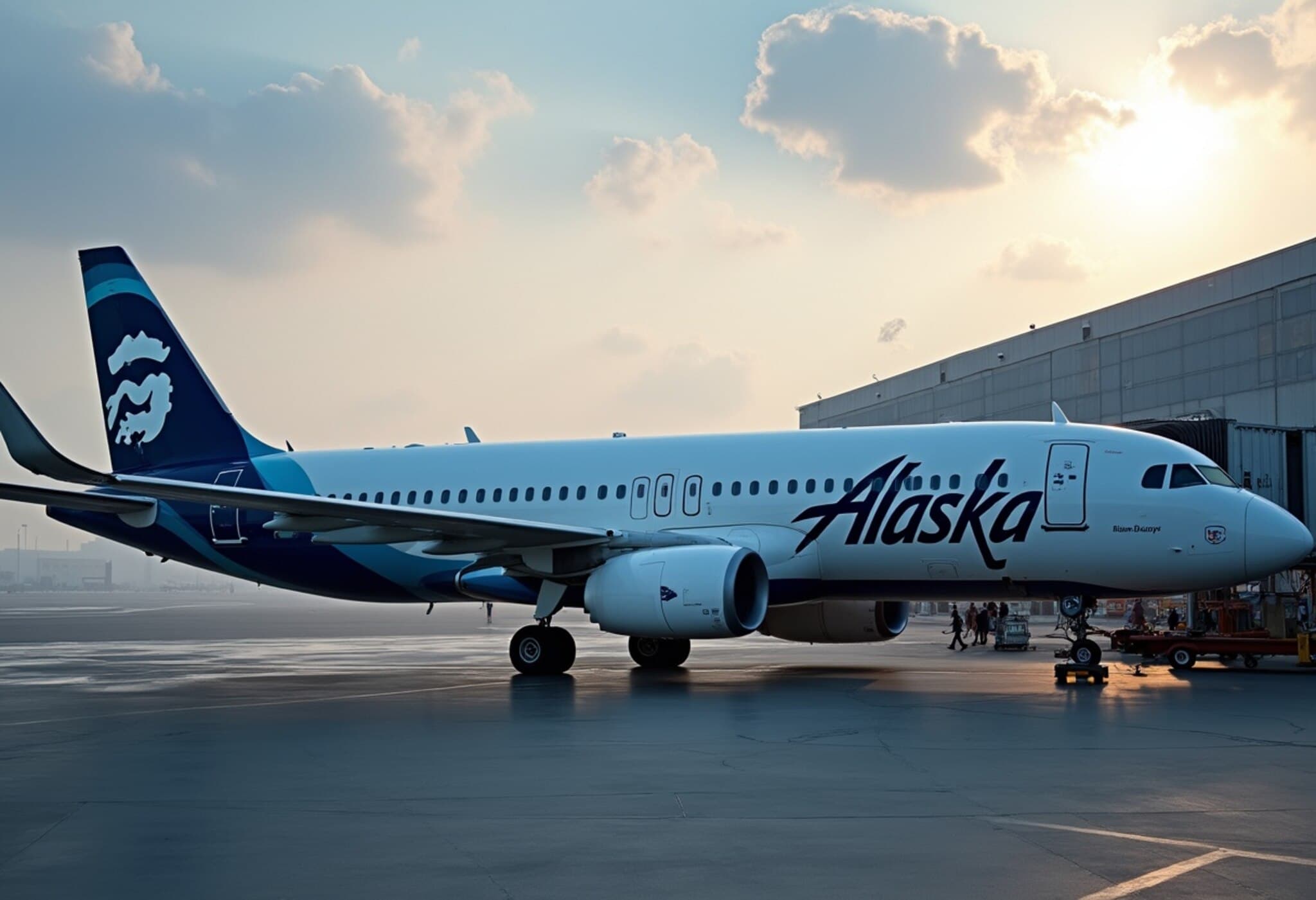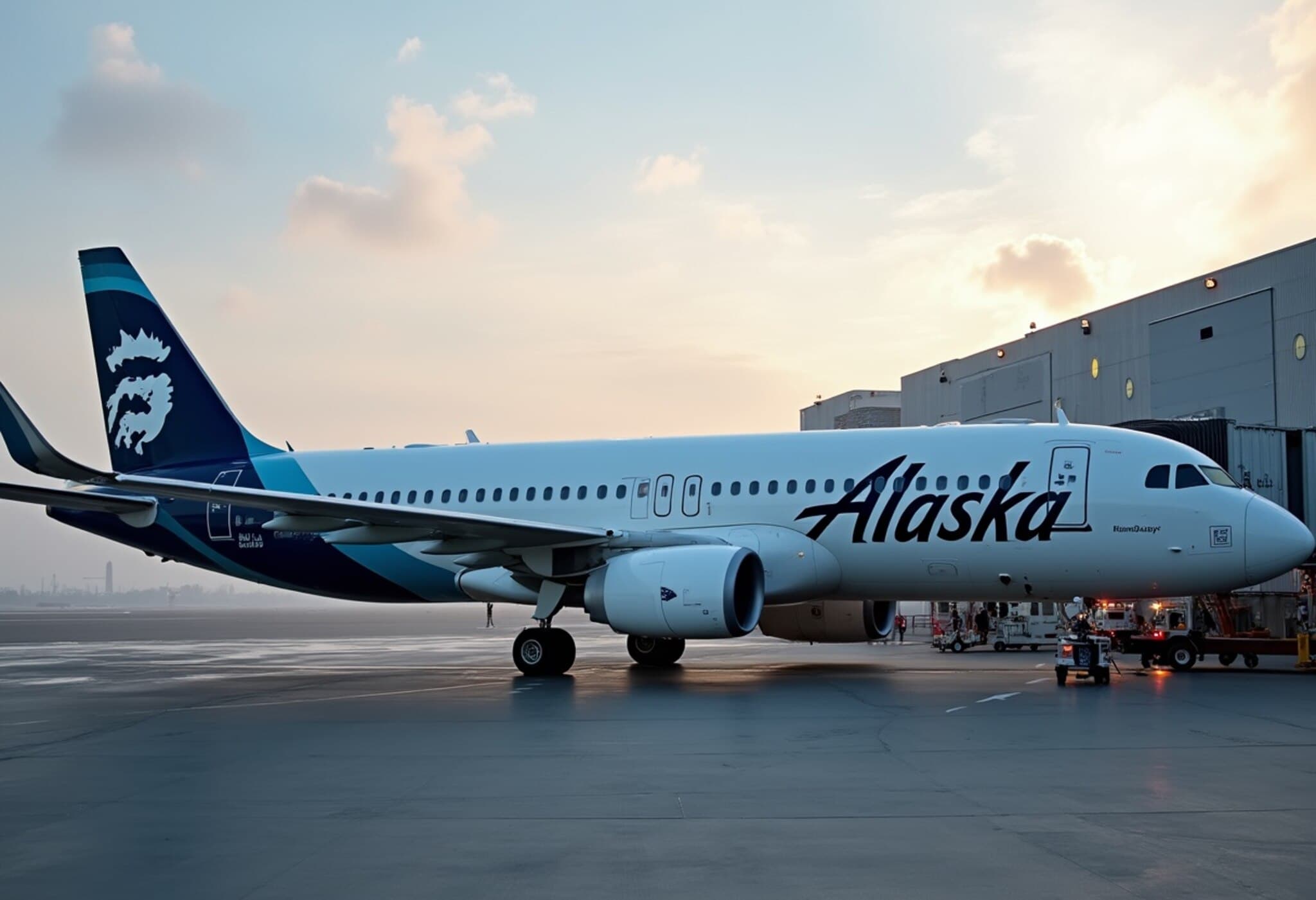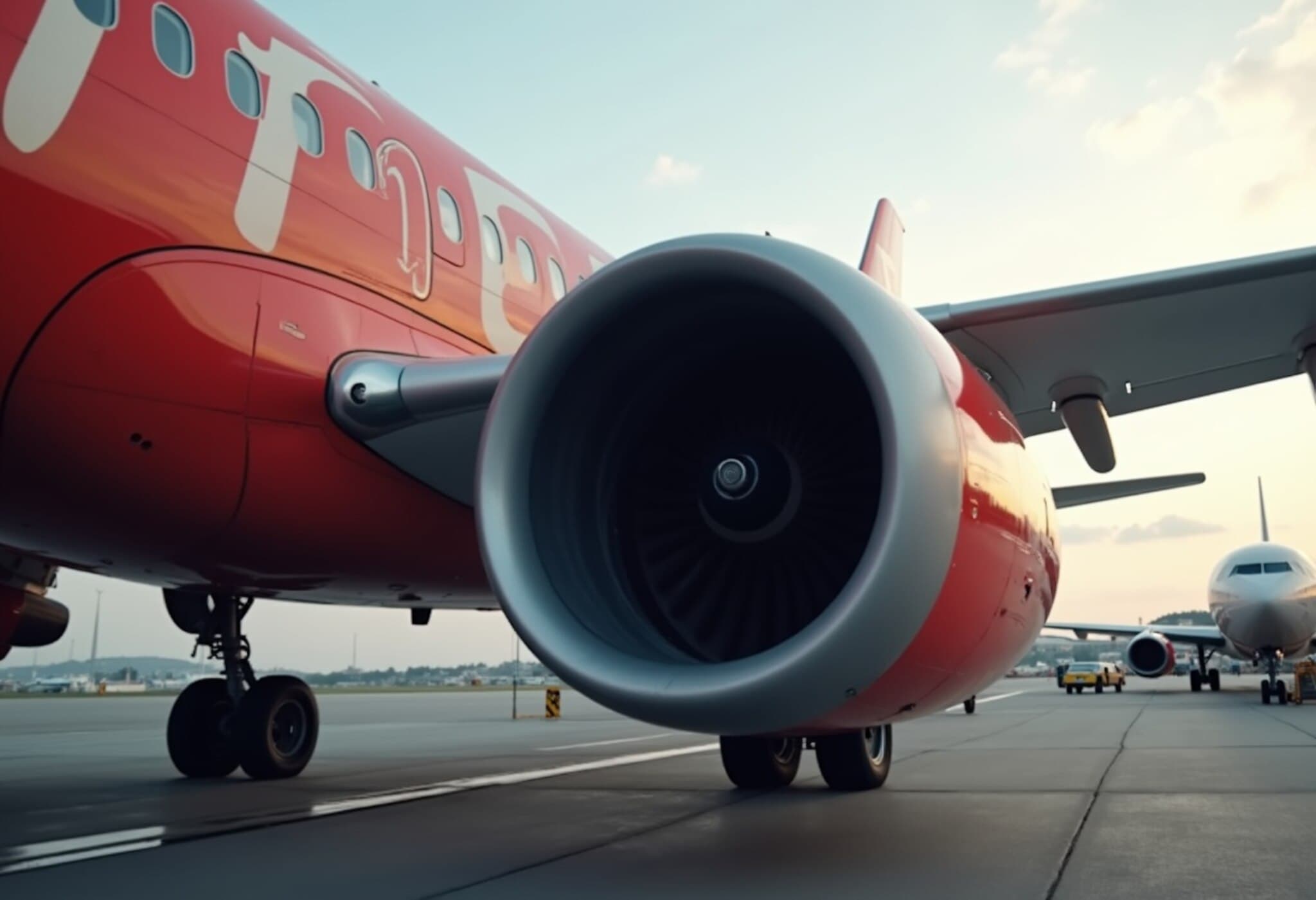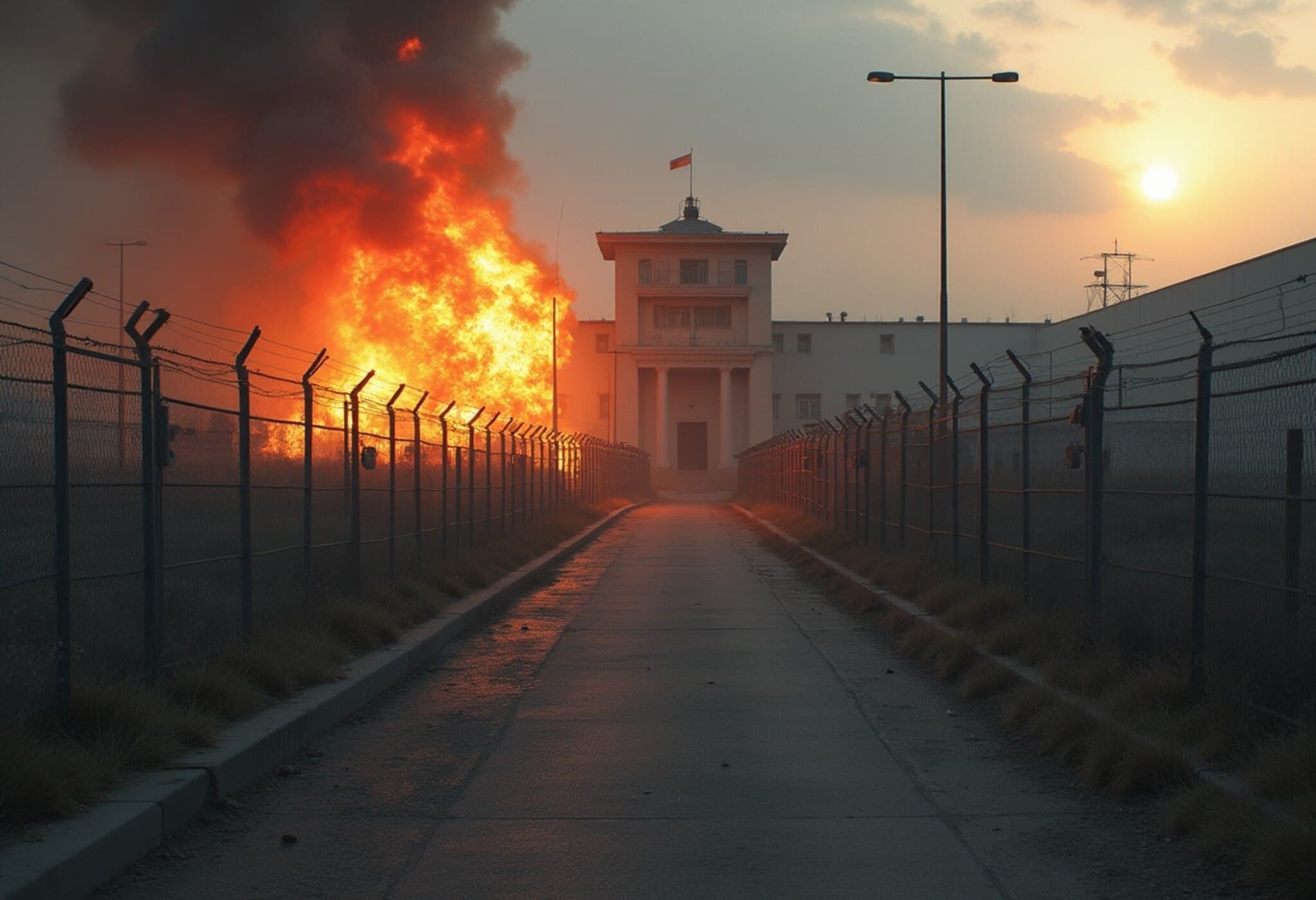Emergency Evacuation at Denver Airport: Passengers Flee Smoking American Airlines Jet
On the morning of July 28, 2025, an American Airlines flight faced a terrifying ordeal at Denver International Airport when an apparent landing gear malfunction forced the pilot to abort takeoff. What started as a routine departure quickly escalated into an emergency evacuation, leaving passengers scrambling down inflatable slides to escape a visibly smoking aircraft.
What Happened on the Runway?
The incident unfolded just moments before the plane was due to take off. According to preliminary reports, the flight crew noticed signs of a mechanical issue relating to the landing gear, prompting the decision to abort the takeoff. Soon after, crew members initiated emergency protocols as smoke began to emanate from the aircraft, raising alarms among those on board.
- Flight Origin: Denver International Airport
- Issue: Apparent landing gear failure
- Emergency Response: Passengers evacuated using emergency slides
- Injuries: None reported at this stage
Passenger Reactions and Safety Measures
Eyewitnesses describe a tense but orderly evacuation. Passengers expressed relief at the quick response by the flight crew and airport emergency teams. The successful use of emergency slides ensured a rapid exit, minimizing potential harm.
Experts in aviation safety emphasize that such immediate evacuations, while frightening, are vital in reducing risks when mechanical failures manifest unexpectedly. “The crew’s training and swift action certainly prevented what could have been a far worse outcome,” says aviation analyst Dr. Lisa Martinez, highlighting the crucial role of clear communication and preparedness onboard.
Denver Airport and Airline Safety Context
Denver International Airport, one of the busiest hubs in the US, adheres to rigorous safety standards, routinely conducting thorough checks on aircraft before departure. American Airlines has also consistently invested in fleet maintenance and crew training to reinforce passenger safety.
This incident, while alarming, illustrates the complexities and challenges of modern air travel. It also raises questions about how airlines and airports can further enhance early detection of mechanical problems to prevent last-minute emergency actions.
Looking Ahead: Questions Raised by the Incident
The event invites scrutiny over several critical areas:
- Could enhanced sensor technologies better predict landing gear failures before they threaten takeoff?
- Are current evacuation procedures sufficient to handle unexpected crises without panic?
- How can communication be improved between flight crews and anxious passengers during emergencies?
Addressing these issues remains a priority for policymakers, airlines, and passenger safety advocates alike.
Editor's Note
This incident at Denver International Airport serves as a sobering reminder of the unpredictable nature of air travel and the paramount importance of safety protocols. As aviation technology advances, continuous evaluation and enhancement of emergency response measures are crucial to protect passengers. Future incidents will benefit from this event’s lessons, reinforcing why preparedness and transparent communication are key pillars in aviation safety.


